We've all been there. You've just purchased a beautiful piece of glassware, or perhaps you're reclaiming a window pane for a DIY project, and there it is - an obstinate sticker refusing to budge. The challenge of how to get sticker off glass can feel like an uphill battle.
But fear not, as I've spent countless hours experimenting with various methods and have discovered some surprisingly effective solutions.
From the traditional soap and hot water approach to more unconventional methods involving vodka or a Magic Eraser, this article will guide you through the process of how to get sticker off the glass.
We'll also delve into the science behind adhesives and why they can be so difficult to remove.
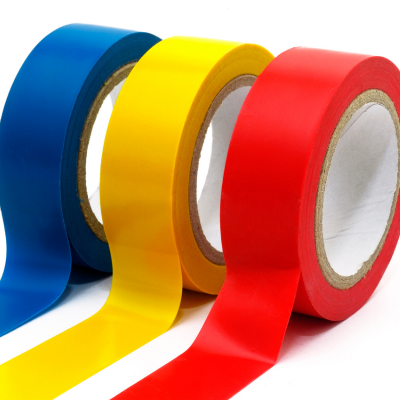
Stickers are small pieces of paper or plastic that are designed to adhere to various surfaces. The magic behind their stickiness is a substance known as an adhesive.
In layman's terms, adhesives are like glues that ensure the stickers bond to the required surface. They are typically pressure-sensitive, which means they become sticky when pressure is applied.
This pressure-sensitive nature allows the sticker to bond with the surface, creating a strong stick that can be quite challenging to remove.
There are several types of adhesives used in stickers, each with its unique properties. The three main types are permanent, removable, and repositionable adhesives:
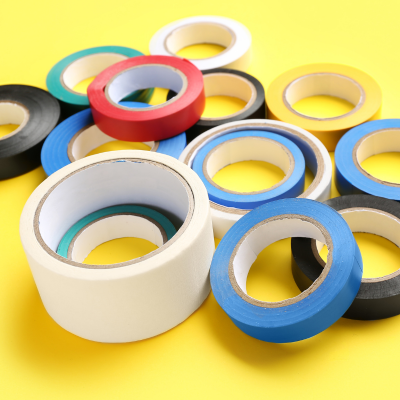
The base of these adhesives can be either acrylic or rubber. Acrylic adhesives are chemically different from hot melt adhesives and have good UV and heat-resistant properties. Rubber-based adhesives offer excellent long-term adhesion.
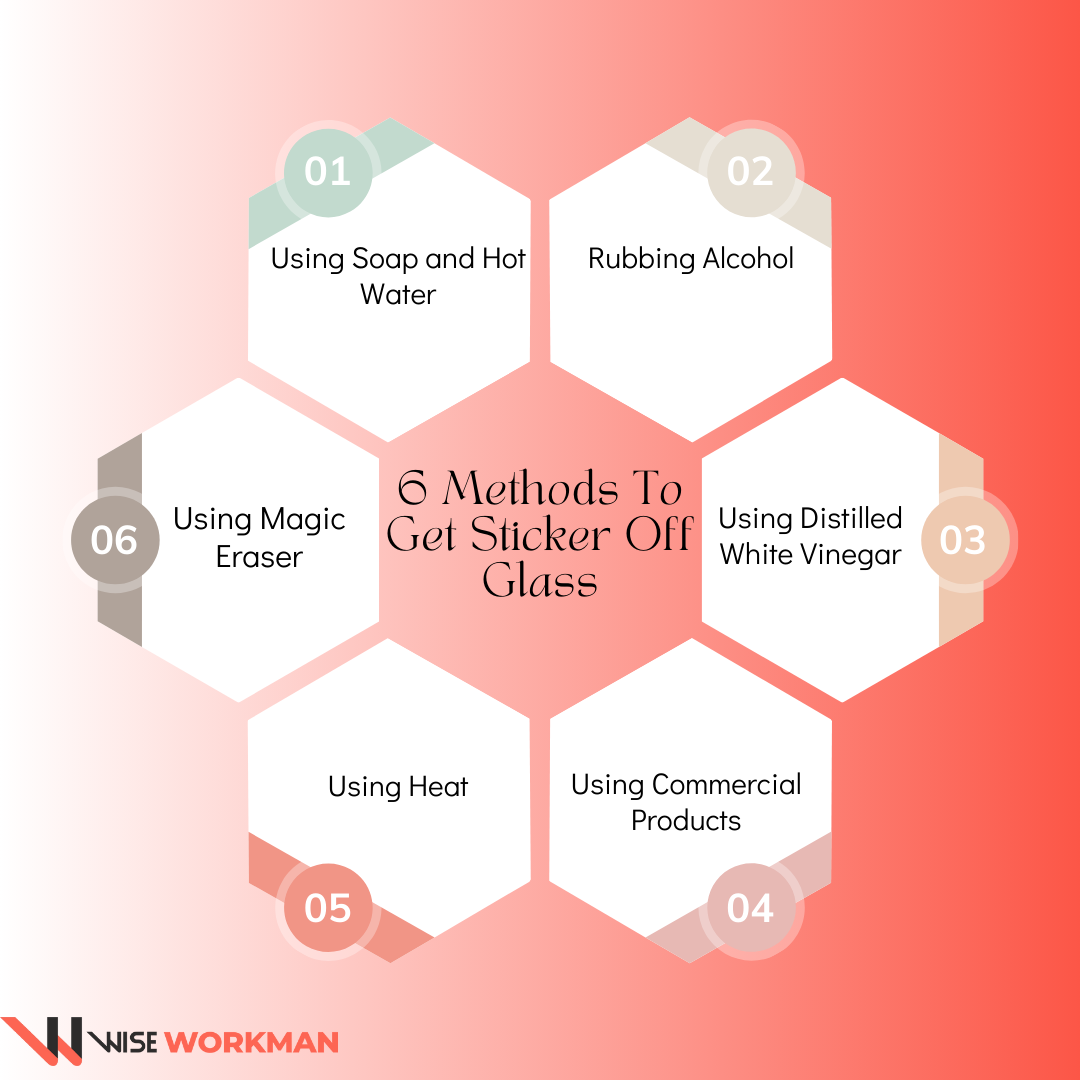
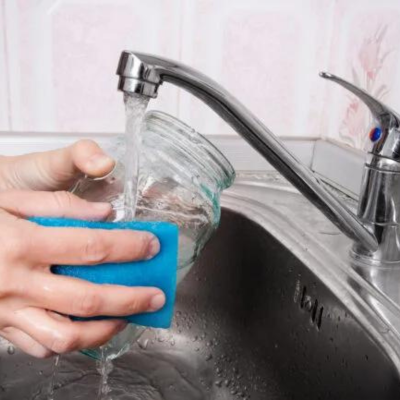
One of the simplest and most effective ways to remove stickers from glass is by soaking the glass in hot, soapy water.
To do this, fill a sink or a bucket with hot water and add a few drops of dish soap. Submerge the glass item in this mixture, ensuring that the sticker is fully immersed. The hot water will soften the sticker and its adhesive, while the soap will help dissolve the glue, making it easier to remove the sticker.
After a good soak, the sticker should peel off easily. If there are any stubborn bits left, you can gently rub them off with a cloth or sponge.
The type of soap you use for this method can make a difference. A mild hand soap or dish soap is usually the best choice.
These soaps are designed to cut through grease and grime, which makes them effective at breaking down the adhesive on the sticker.
Avoid using harsh detergents or soaps with strong fragrances, as these can leave a residue on the glass or cause damage.
The amount of time you should soak the glass in the soapy water depends on the stubbornness of the sticker. Generally, a 10 to 30-minute soak should be sufficient to soften the sticker and its adhesive.
However, for particularly stubborn stickers, you may need to soak the glass for up to an hour. The key is to be patient and give the soap and hot water enough time to do their work. Rushing the process could result in damage to the glass or leftover sticker residue.
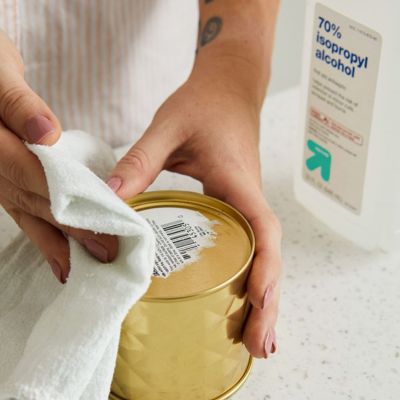
Rubbing alcohol or vodka can be highly effective in removing stickers from glass. To use this method, you'll need a clean rag or a cotton swab, depending on the size of the sticker. Dip the rag or cotton swab into the rubbing alcohol or vodka, ensuring it's well-soaked but not dripping.
Then, apply it directly to the sticker, covering the entire area. Make sure the sticker is thoroughly soaked with the alcohol or vodka. This will help to dissolve the adhesive, making it easier to peel off the sticker.
After applying the rubbing alcohol or vodka, it's important to give it time to work. Let the alcohol or vodka sit on the sticker for several minutes.
This waiting time allows the alcohol or vodka to penetrate the sticker and break down the adhesive. The exact waiting time can vary depending on the stubbornness of the sticker, but generally, a few minutes should be sufficient.
After the waiting time, you should be able to easily peel off the sticker. If any residue remains, you can reapply the alcohol or vodka and rub it off with the rag or cotton swab.
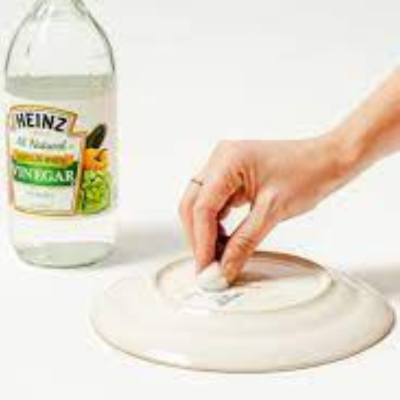
Distilled white vinegar is another household item that can be used to remove stickers from glass. To use this method, you'll need a clean rag or paper towel and some distilled white vinegar.
First, soak the rag or paper towel in the vinegar. Then, lay it across the sticker, ensuring the sticker is fully covered. The vinegar should be in direct contact with the sticker for this method to work effectively.
Vinegar is a mild acid, and it's this acidic quality that helps break down the adhesive on the sticker. When you apply the vinegar-soaked rag or paper towel to the sticker, the vinegar begins to dissolve the adhesive.
This process loosens the sticker from the glass, making it easier to peel off. After the vinegar has been applied, it's important to let it sit for a few minutes to soften the residue.
After this waiting period, you should be able to wipe or scrape off the sticker. If any residue remains, you can reapply the vinegar and repeat the process.
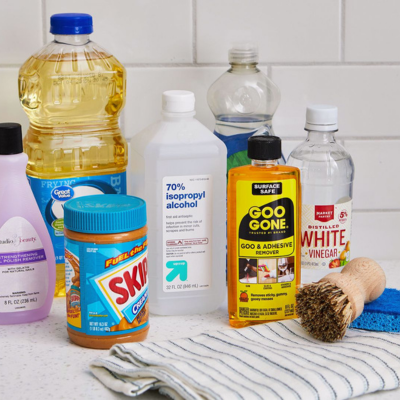
There are numerous commercial products available in the market designed specifically to remove stickers from various surfaces, including glass.
These products are formulated with special ingredients that can effectively dissolve the adhesive, making the sticker removal process much easier. Some of the popular brands include Goo Gone, 3M General Purpose Adhesive Cleaner, and Elmer's Sticky Out Adhesive Remover.
These products are widely recognized for their effectiveness and are often the go-to choice for many when it comes to dealing with stubborn stickers.
Using commercial products to remove stickers is typically straightforward. Let's take Goo Gone, for instance. To use this product, you would apply it directly to the sticker, ensuring the sticker is fully covered.
After application, you need to wait for a few minutes to let the product penetrate and break down the adhesive. Once the waiting period is over, you should be able to easily peel off the sticker.
If any residue remains, you can reapply the product and wipe it off with a clean cloth. The process is similar for other brands like 3M and Elmer's. Always remember to follow the manufacturer's instructions for the best results.
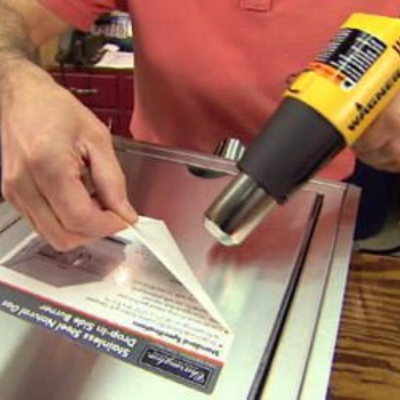
Applying heat is another effective method for removing stickers from glass. The heat helps to loosen the adhesive, making the sticker easier to peel off. You can use a hair dryer or a heat gun for this purpose.
To do this, aim the heat source at the sticker, keeping it at a safe distance to avoid damaging the glass. Move the heat source around to evenly distribute the heat across the sticker. As the adhesive warms up, it will start to loosen, and you should be able to peel off the sticker with ease.
While using heat can be an effective method, it's important to take some precautions. First, ensure that the heat source is not too close to the glass to prevent damage.
Also, avoid using too high a temperature setting, as this could potentially warp or crack the glass. It's best to start with a low heat setting and gradually increase it if necessary. Always handle the heat source with care to avoid burns, and keep it out of reach of children.
Lastly, after removing the sticker, allow the glass to cool down before cleaning it or applying any other products.
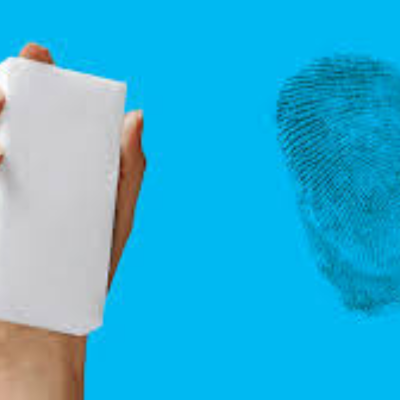
A Magic Eraser can be a handy tool for removing stickers from glass. This product, known for its versatile cleaning capabilities, can effectively get rid of the sticky residue left by stickers.
To use a Magic Eraser for sticker removal, you first need to get it wet. Dampening the eraser activates its cleaning properties. Once it's wet, you can start rubbing it on the sticker.
The Magic Eraser works by gently scrubbing away the adhesive, leaving your glass surface clean and clear. Remember to rub in a circular motion, focusing on the stained area, to ensure you're effectively removing the sticker.
While Magic Erasers are generally safe to use on most surfaces, there are a few precautions to keep in mind.
First, always test the eraser on an inconspicuous area of your glass to ensure it won't cause any damage or discoloration.
Second, avoid using too much pressure when rubbing, as this could potentially scratch the glass.
Lastly, after using the Magic Eraser, rinse the area with water to remove any residue left by the eraser. By following these precautions, you can ensure a safe and effective sticker removal process.
Yes, natural products like lemon juice and baking soda can also be used to remove stickers. The acidity in lemon juice can help break down the adhesive while baking soda acts as a mild abrasive to scrub off the residue. However, these methods might require more effort and time compared to the methods discussed in the article.
If a sticker leaves a stain on the glass, you can try using a glass cleaner or a mixture of vinegar and water. Apply the cleaner to the stained area, let it sit for a few minutes, then wipe it off with a clean cloth. If the stain persists, it might be best to consult a professional.
Yes, applying a bit of heat from a hairdryer to the sticker before sticking it on the glass can make future removal easier. The heat reduces the adhesive's grip, making the sticker easier to peel off later.
While the methods discussed in the article are effective for glass, they may not work as well on other surfaces. Always test a small, inconspicuous area first to ensure the method won't damage the material.
While a razor blade can be used to scrape off stickers, it should be used with caution to avoid scratching the glass. It's best to soften the sticker with heat or a removal solution first, then gently use the blade to lift the edges.
In this article, we've explored various methods to tackle the common problem of removing stickers from glass. We've delved into the science behind stickers and adhesives and then presented six effective methods for sticker removal.
These methods included using soap and hot water, rubbing alcohol or vodka, distilled white vinegar, commercial products, heat, and a Magic Eraser. Each method has its process and precautions to ensure safe and effective removal.
Remember, the key to successful sticker removal is patience and the right technique. Try out these methods and find the one that works best for you.